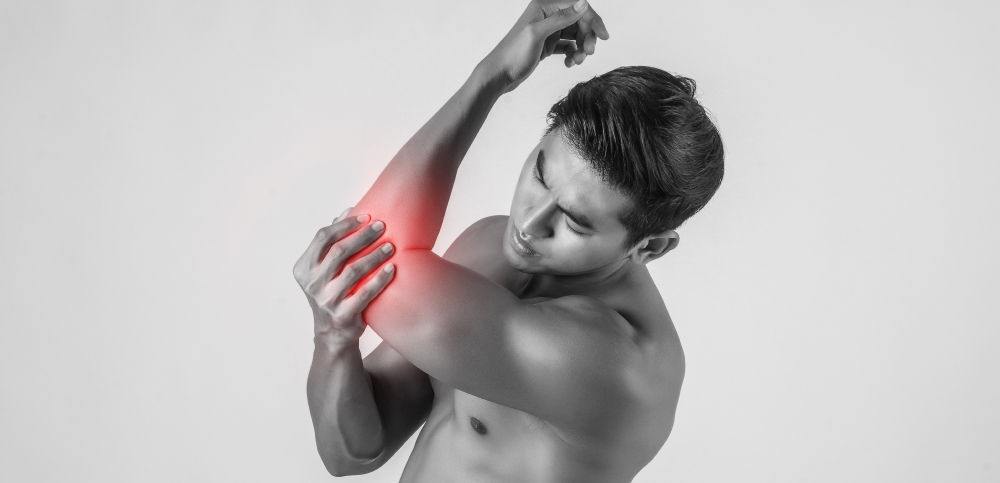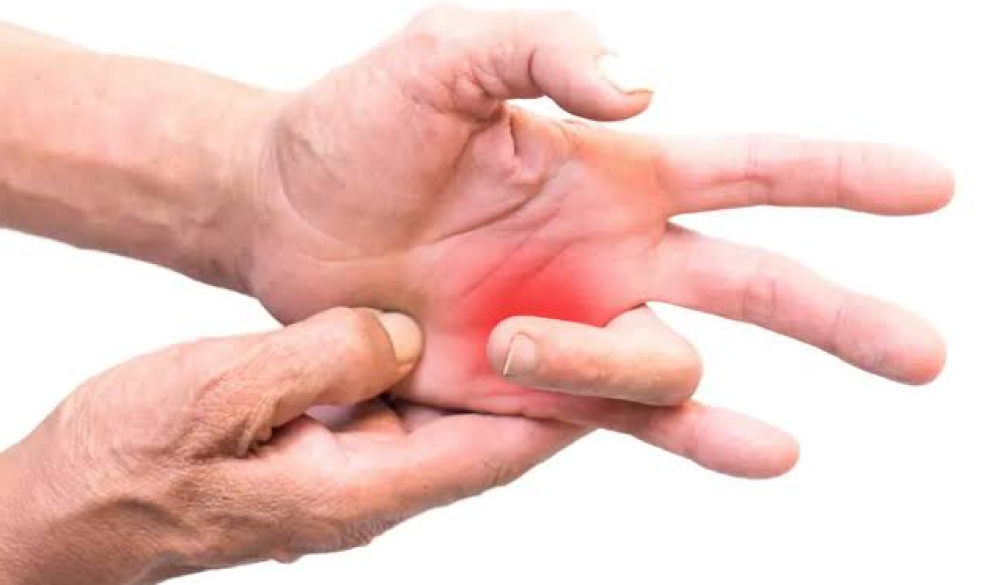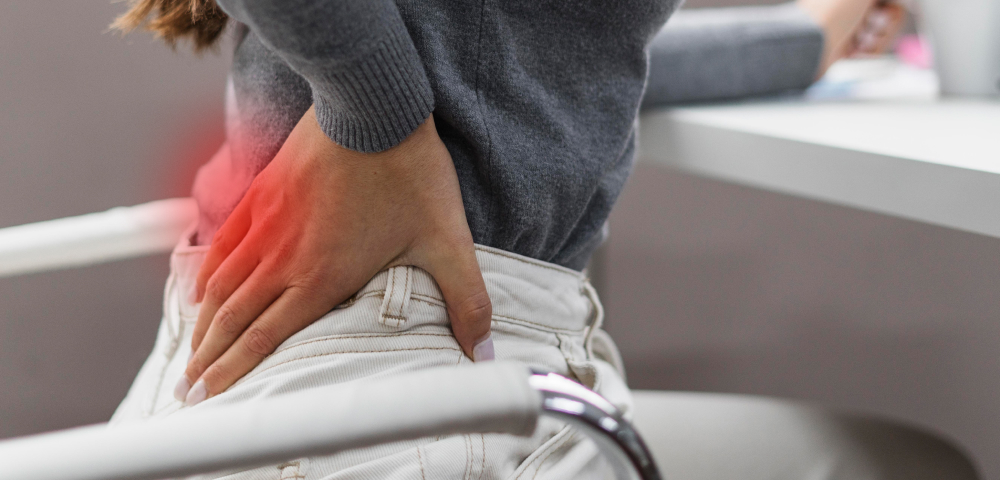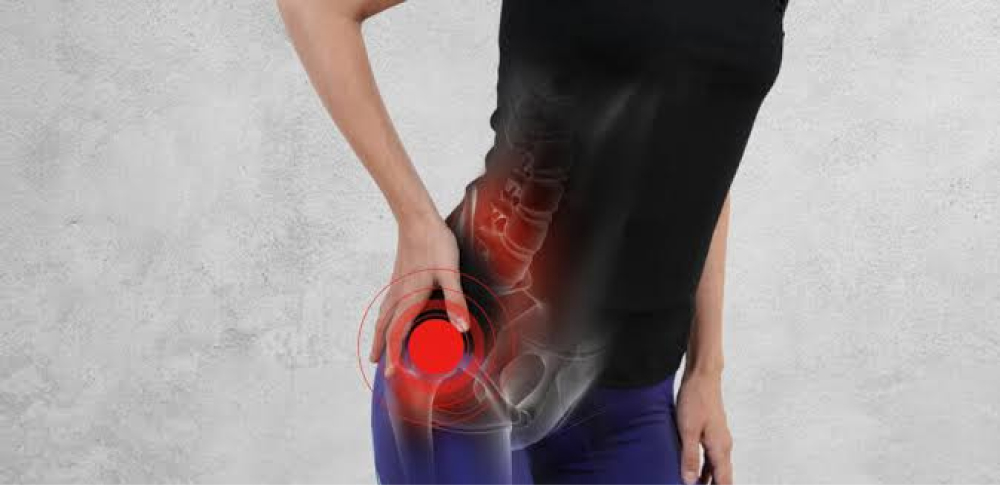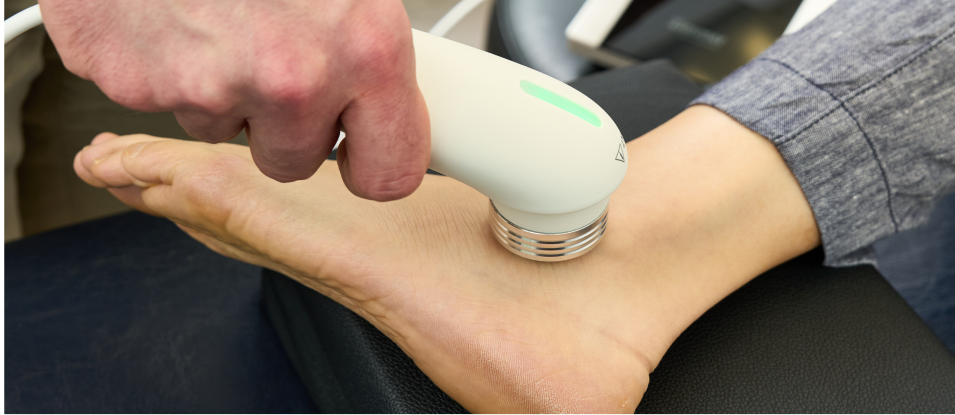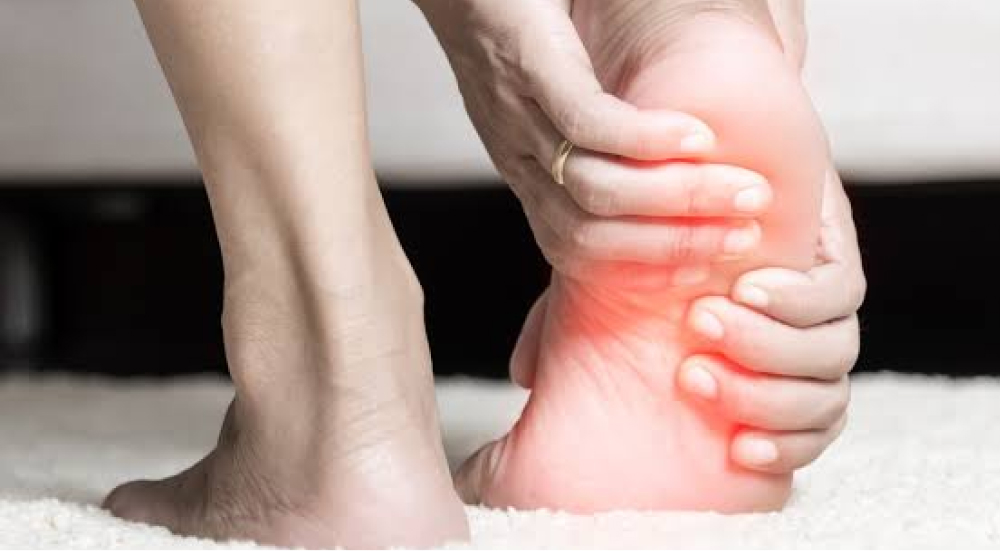Sciatica
In Hong Kong, sciatic pain is a common complaint, with a significant number of individuals experiencing symptoms related to irritation or compression of the sciatic/spinal nerves. This condition can impact people of all ages, affecting their mobility and overall well-being.
Sciatic pain is characterized by various symptoms, including:
1. Sharp, shooting pain in the lower back, buttocks, or legs
2. Tingling or numbness in the affected leg
3. Muscle weakness in the leg or foot
4. Radiating pain that worsens with movement or prolonged sitting
5. Difficulty standing or walking due to the pain
Sciatic pain is often associated with compression of the sciatic/spinal nerves, it is essential to consider the different conditions causing this affliction including:
1. Lumbar Disc Herniation: Bulging or herniated discs in the lumbar spine can compress the nerve roots, leading to sciatic pain.
2. Piriformis Syndrome: Irritation or tightness of the piriformis muscle can also cause sciatic pain.
3. Spinal Stenosis: Narrowing of the spinal canal may put pressure on the nerve roots, resulting in radiating pain.
4. Sacroiliac Joint Dysfunction: Dysfunction or inflammation of the sacroiliac joint can refer pain to the buttocks and legs, mimicking sciatic pain.
Various factors can trigger or exacerbate sciatic pain, including:
1. Prolonged Sitting: Sitting for extended periods can place pressure on the sciatic nerve, leading to pain and discomfort.
2. Poor Posture: Incorrect posture while sitting, standing, or lifting heavy objects may strain the lower back and contribute to sciatic pain.
3. Obesity: Excess weight can increase pressure on the spine and aggravate sciatic nerve irritation.
4. Trauma or Injury: Accidents, falls, or sports-related injuries can damage the spine and result in sciatic pain.
5. Degenerative Conditions: Conditions like degenerative disc disease or arthritis can contribute to nerve compression and sciatic pain.
Chiropractic care offers non-invasive and holistic approaches to managing sciatic pain and addressing its underlying causes. Here’s how chiropractic care can help individuals in Hong Kong dealing with sciatic pain:
1. Spinal Adjustment: Chiropractors can perform gentle spinal adjustments to correct misalignments in the spine, reduce nerve compression, and alleviate sciatic pain.
2. Soft Tissue Therapy: Targeted soft tissue therapies, such as myofascial release or trigger point therapy, can help relieve muscle tension and improve circulation in the affected area.
3. Corrective Exercises: Chiropractors may prescribe specific exercises to strengthen the core muscles, improve posture, and support spinal alignment, reducing the risk of recurrent sciatic pain.
4. Lifestyle Modifications: Chiropractors can provide guidance on ergonomic adjustments, posture correction, and ergonomic modifications to prevent future episodes of sciatic pain and promote overall spinal health.
If you are experiencing sciatic pain, chiropractic care can offer effective and personalized treatment options to address the root causes of your discomfort. Contact our chiropractic clinic today to schedule a consultation and explore how chiropractic care can help you find relief from sciatic pain and improve your quality of life.



